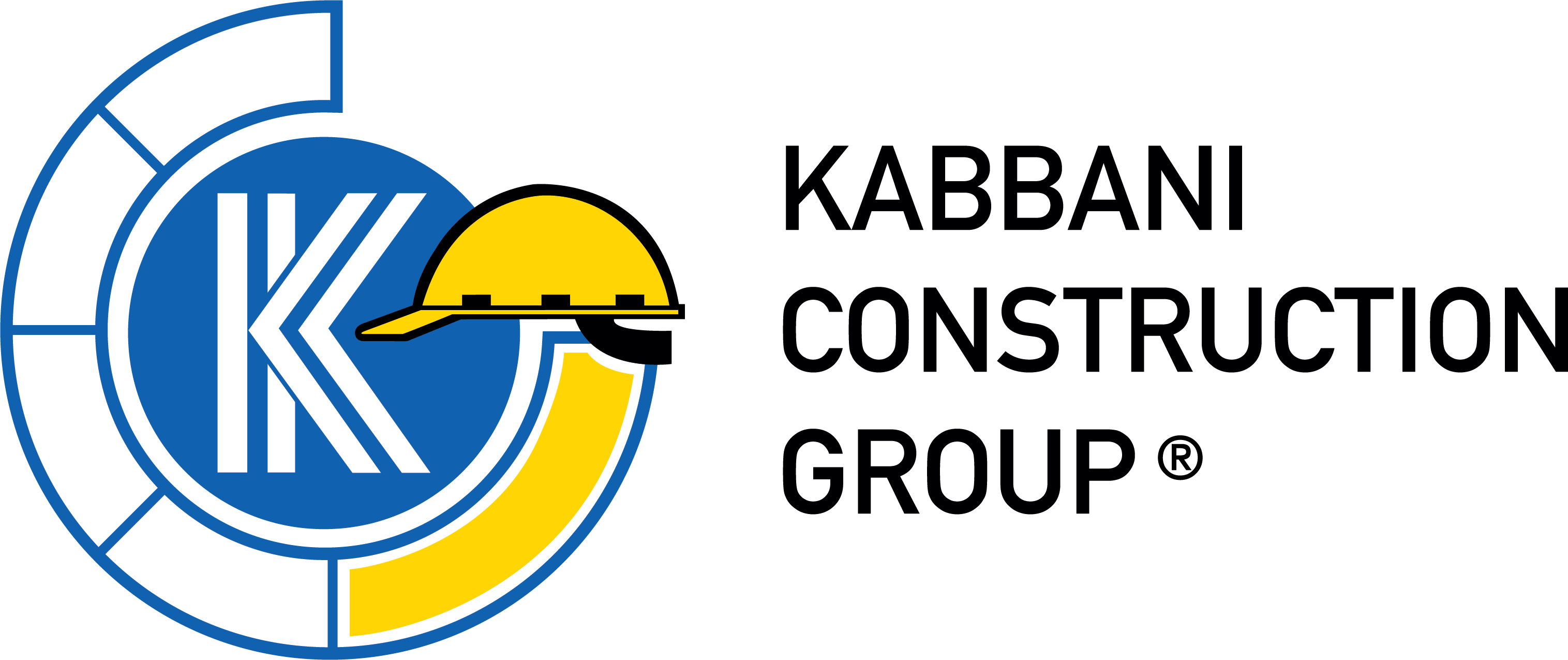Risk Management

Seizing Opportunities & Cutting Risks
As a major player in the specialized contacting field, KCG is exposed to a variety of risks. The permanent protection of the Group’s reputation and safeguarding of its freedom of action necessitate a timely analysis of potential risks and their integration into strategic decision making processes. Diligent risk management may also unblock new opportunities.
Risks & Opportunities
Flawed risk assessments may seriously impair a company’s reputation, limit its freedom of action or, at works, lead to insolvency. Well aware of this, KCG reacted years ago by introducing a comprehensive risk management system for the Group and all its subsidiaries. Dangers should be identified at an early stage and integrated into strategic decision-making processes. Risk management may sometimes assist in the identification of new opportunities and thereby help to generate added value. The risk management process comprises four steps: Risks identification, risk assessment, risk monitoring and risk controlling.
Company Management & Board of Managers
While the Finance Department regularly reviews the processes underlying risk management, KCG’s Board of Managers bears ultimate responsibility for risk assessment. Its duties include annual reassessment of the risk situation at corporate level. Here, the focus is on those strategic and operative risk that are capable of seriously endangering the Group as a whole.
All risks are assessed in terms of a few basic questions:
- Is the risk global, regional or local in scope?
- How significant is the risk for the Group?
- How high is the probability of losses occurring?
- What measures need to be implemented to prevent or mitigate the risk?
- Suitable measures are then taken to counteract any risks that are rated critical in the overall assessment.
Suppliers materials, as KCG’s biggest cost factor, are high on the risk assessment agenda. KCG purchases its products from the best-quality and most reliable suppliers.
Customers & Markets
KCG adopts a policy of strategic diversification to limit market and customer related risks. Geographical diversification is tremendously important in the construction industry. Customer diversification is another stabilizing factor.
Financial Risk
The purpose of financial risk management is to optimize funding and achieve a liquidity position geared to payment obligations.
Liquidity is optimized by means of a cash pooling arrangement. For selected activities in the treasury area KCG relies on additional third-party services and financial institutions. KCG also manages its net working capital with the utmost care and, through a cost structure dovetailed to the prevailing market conditions, ensures adequate cash generation at all times.
